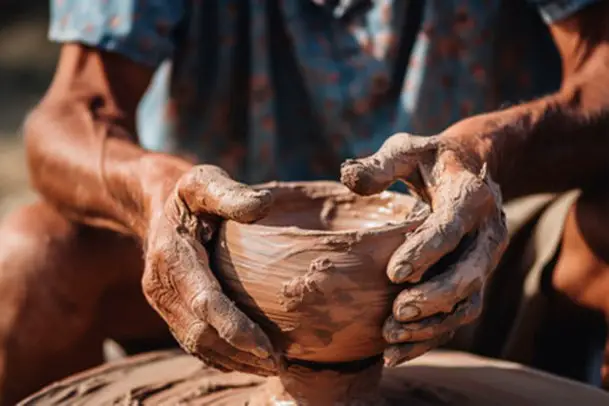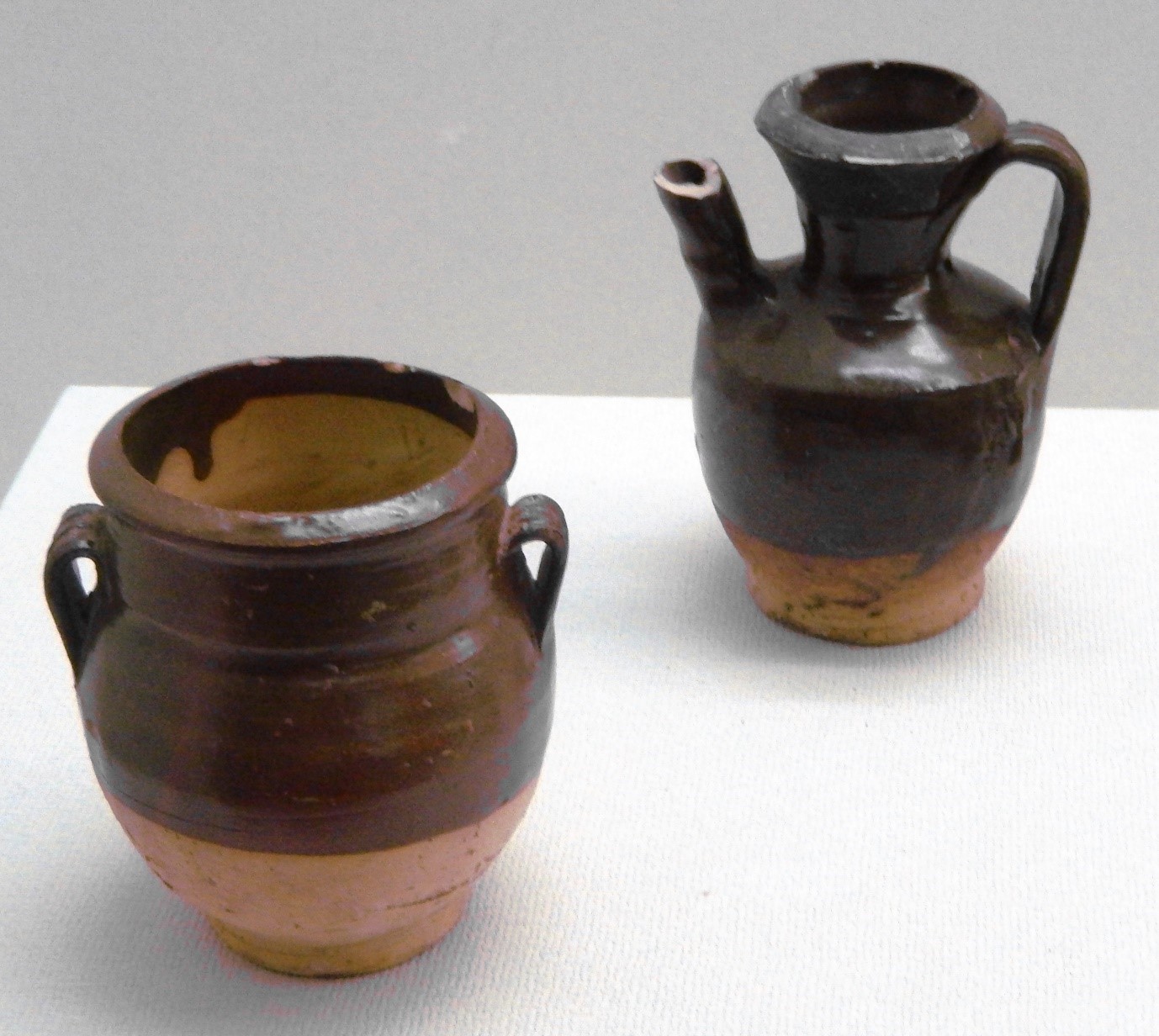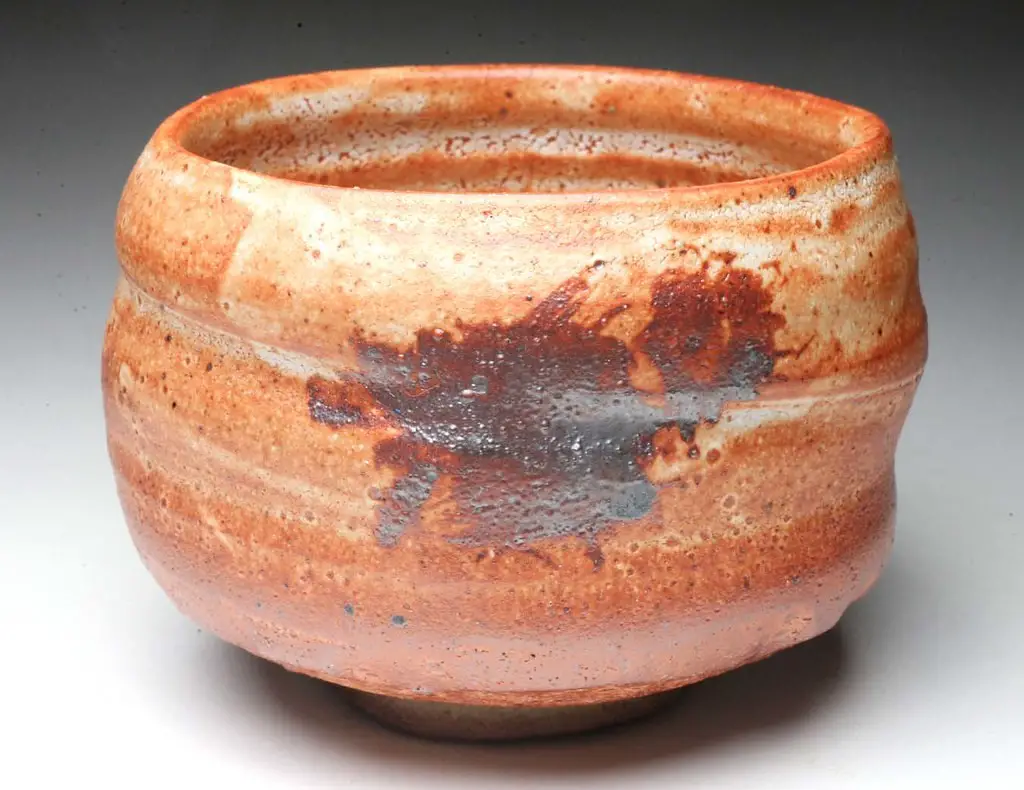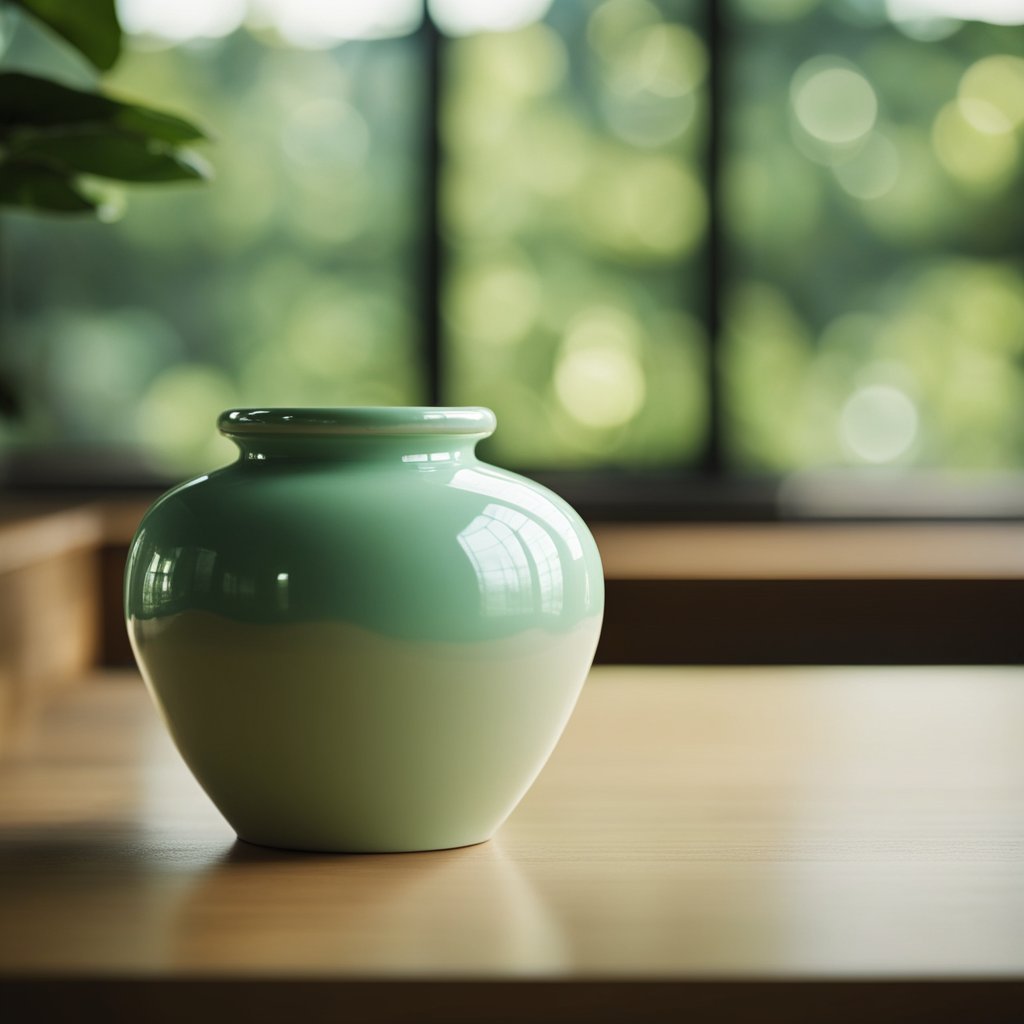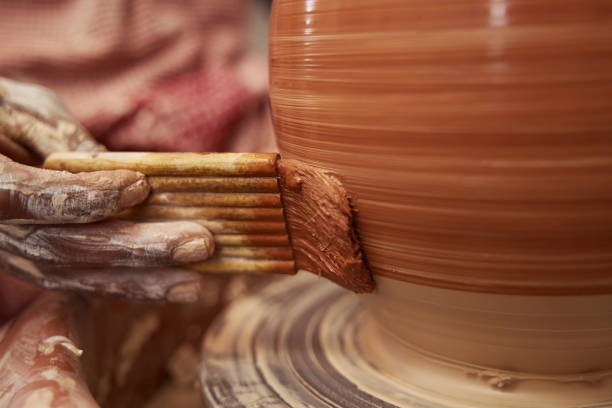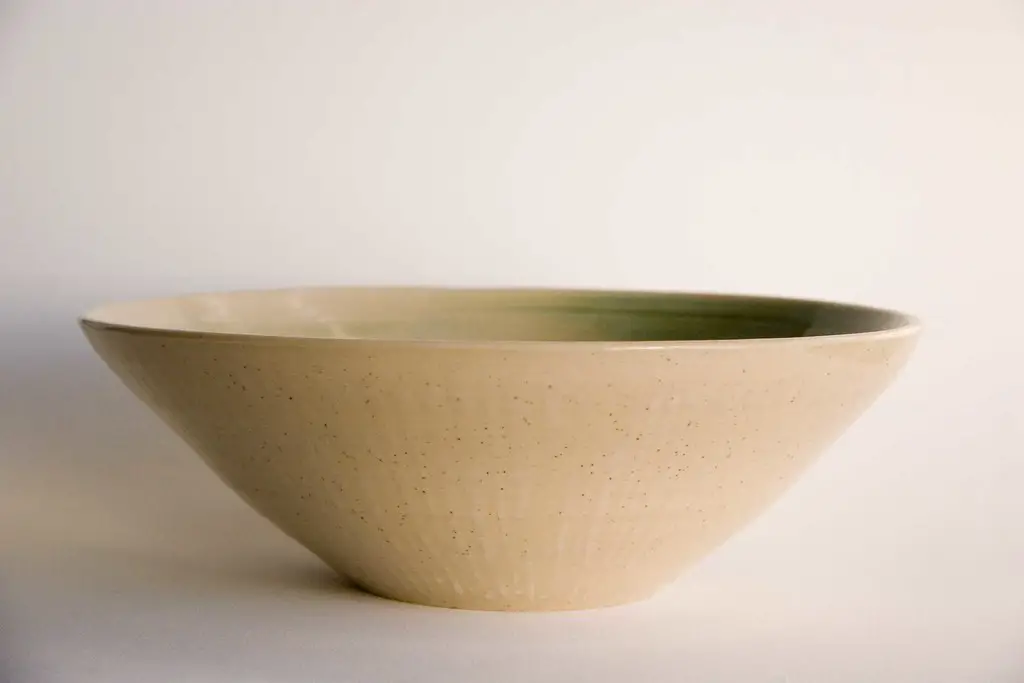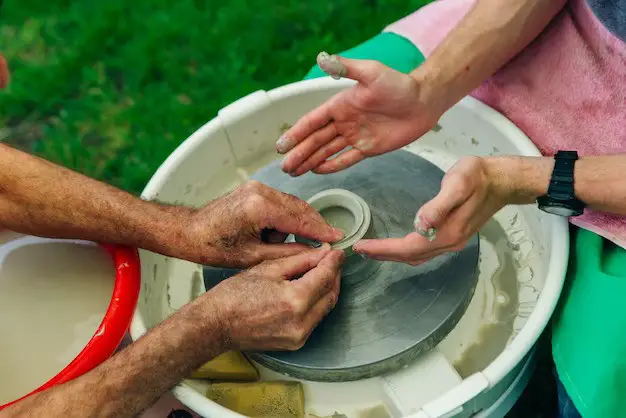Pottery holds a rich history that spans centuries of creation. It is still a significant art form that combines creativity and craftsmanship. The consistency of pottery clay is the backbone of all creations since it defines the overall structure of your work in the long run. When you understand the intricacies of clay consistency, you can better manage its influences, workability, and durability. This comprehensive article shall help you take a detailed look into the world of clay consistency while examining its various types and how you can choose the best clay consistency for pottery.
Understanding Clay Consistency
Moisture, plasticity, and texture are essential aspects of clay consistency. Here is how each of them works to influence clay’s consistency:
1. Moisture Content
Moisture content refers to the water in the clay. It is crucial to determine the clay’s workability for your projects. Clays with higher moisture content are usually softer, and you can manipulate them easily. Clays with lower moisture content tend to be less pliable but quite firm. The play of moisture and understanding it is essential for potters to adopt the right forming techniques.
2. Plasticity
Plasticity is the clay’s ability to be shaped to a certain extent without cracking or breaking. Clays with more plasticity are important for pottery since you can experiment with detailing and shaping a lot. Ideal clay can be stretched, pinched, coiled, and sculpted more easily. Such ability is influenced by the clay’s composition, particle size, and moisture content.
3. Texture
The texture is the surface quality of the clay. It can range from smooth to coarse. Factors like particle size, mineral compositions, and firing temperature influence the texture. Smooth textured clay is loved for its refined appearance and easy shaping., while coarse textured clay offers more resistance and can add depth to your projects.
Types of Clay Consistency
Pottery clay comes in various consistencies, each having its unique characteristics. Let us learn about the three common clay types:
1. Soft Clay
Soft clay is characterized by its high moisture content and smooth texture. It is pliable and easy to mold. Those who like to handbuild find it a satisfying consistency to use. You can experiment more and even express more creatively with softer clays. Soft clay is best for non-functional and less complex creations that can be made through ample creativity.
2. Medium Clay
Medium clay is a balanced option between softness and firmness. It is a versatile option due to the wide range of pottery techniques you can use with it. With moderate moisture content, it retains a balanced plasticity ideal for hand-building and wheel-throwing. Its nature is best defined as “forgiving,” which helps you bring your artistic vision to life. Such clay can create tableware, decorative sculptures, and much more. The Old Potters Mid High Fire White Stoneware Clay for Pottery is the ideal medium clay that retains just the right amount of moisture to make your creations easier.
3. Firm Clay
Firm clay is the least moisturized clay with a coarse texture that allows it to retain more structural stability. It will give the pottery greater control over their creations, like tall vessels and intricate sculptures with sharp lines and details. Firm clay is more suited to shapely, solid, and bold pottery pieces that boast complexity. It works well with wheel throwing by showing resistance and stability all at the same time. Firm clay is ideal for sculpting, carving, and surface decoration techniques that can only be done through high precision. You can create stunning pieces with firm clay with the right skills and strength.
Choosing the Right Clay Consistency
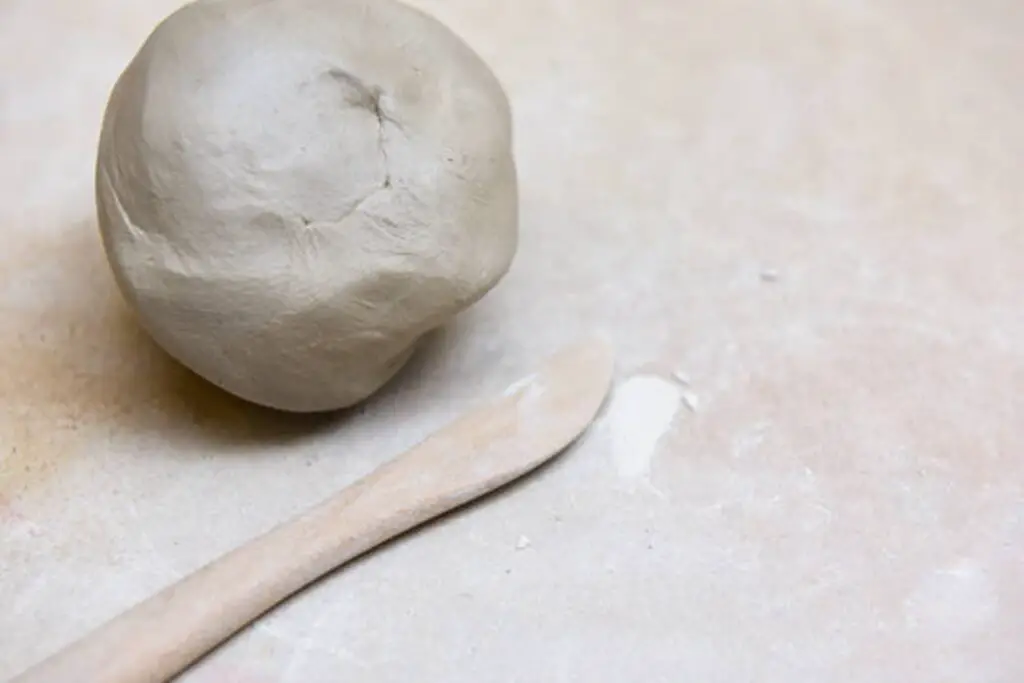
Now that you realize the various types of clays and their consistency, it is time to find the right clay consistency to achieve the desired results on pottery. Consider a few factors to make the right decision. Here is how you can do it:
1. Pottery Project Requirements
When deciding on clay consistency, it is vital to consider the project’s requirements since every project requires a different type of clay. The clay’s form, size, and texture need to be considered seriously for this purpose. The clay consistency needs to align with your artistic vision and intended outcome. If you are thinking of creating delicate figurines, softer clays shall do the job because they are more pliable. But if you wish to create larger vessels or architectural elements, firm clay is integral due to its shaping powers and lower drying time. By prioritizing your project requirements, you can better meet your artistic needs.
2. Personal Preferences
Personal preferences are also a crucial part of choosing the right clay consistency. Every artist has a unique working style that helps them create aesthetic work. Some potters are fond of the flexibility of softer clays, which shows fluid and expressive creation. Others may be fond of medium clays that offer good balance for people who wish to work with neither great pliability nor greater hardness. Your artistic sensibilities are a calling towards making a mindful choice.
3. Skill Level
How much skill you possess at pottery is determined by the kind of clay you can use easily. Various types of clay showcase a different skill tier. If you are a beginner, you can start properly with soft clay. It retains a higher moisture level and smooth texture, which makes it easier for a beginner to manipulate. You can mold it to whatever shape to create pottery. Please note that it is going to need longer to dry soft clay.
When you have accumulated some skills and feel like you have molded clay better, move towards medium clay, which boasts a balance in moisture. Its texture is neither too coarse nor too smooth, making it perfect for getting into working with functional pottery. You can now rely on conventional hand building rather than going towards wheel throwing.
A person with advanced skills works best with firmer clays with the least moisture. Its coarse texture suits wheel throwing and sculpting, requiring greater expertise since the clay has the shortest drying time. More intricate pottery and bigger pieces are best made through this type of clay.
Conclusion
The choice of clay represents various consistencies one can adopt when creating pottery. Soft, medium, and firm are three types of clay that represent the consistency one can employ based on their respective skills. You can automatically realize the best pottery clay consistency when you enhance your skill.

